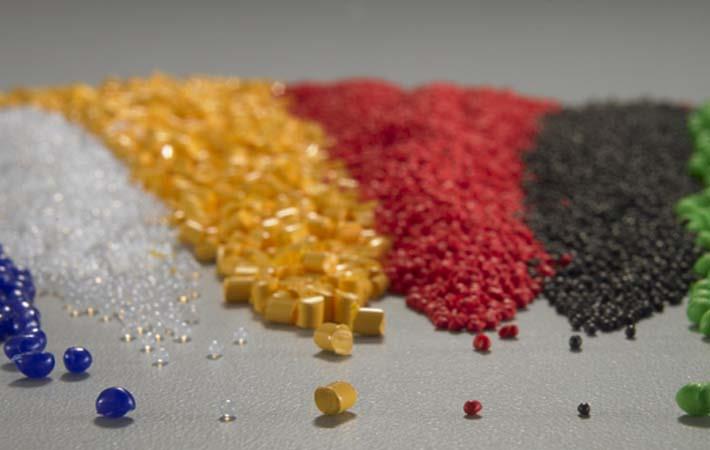Interviews
News Flash
Americhem researcher talks on pigmentation process
05 Jun '17
2 min read

Courtesy: Americhem
In a Q&A session conducted at Americhem, a global organisation that delivers custom colour and additive solutions for customers seeking superior performance and batch-to-batch consistency for their polymer products based in the US, research scientist Chris Miller at the company, spoke about pigmentation used in solutions in various products.
Chris Miller said, “Pigments provide colour to objects. They are finely ground particles that can reflect, absorb, or transmit light to create different colours. Americhem disperses the pigment to develop the optimal colour strength. This allows the customer to get the maximum colour value out of the pigment. The pigments are encapsulated in a polymer to create a masterbatch.”
Talking about different types of pigments he said, “There are two key categories of pigments: organic and inorganic. Both types have great value in the plastics industry. Knowing which to use in specific applications help impart the best properties needed for the final part/application.”
“Organic pigments are based on carbon rings or chains. They are usually brighter or more chromatic in colour. Inorganic pigments are typically based on metal compounds or minerals. They are usually less chromatic than organic pigments and also weaker in colour strength, but may be the best choice for some applications. It depends on what final properties are needed,” he added.
Discussing on how to choose a pigment he said, “Every raw material is going to behave slightly differently, but you can safely make a few generalisations about organic and inorganic pigments, and how they will perform in different applications. Keep in mind that one category of pigment is not inherently better than the other–they are both important and are ideal for different situations. While knowing the difference between organic and inorganic pigments is helpful, you should still always consult with colour experts when choosing pigments–they know the raw materials, and can ensure you end up with the best pigment for your application.” (GK)
Chris Miller said, “Pigments provide colour to objects. They are finely ground particles that can reflect, absorb, or transmit light to create different colours. Americhem disperses the pigment to develop the optimal colour strength. This allows the customer to get the maximum colour value out of the pigment. The pigments are encapsulated in a polymer to create a masterbatch.”
Talking about different types of pigments he said, “There are two key categories of pigments: organic and inorganic. Both types have great value in the plastics industry. Knowing which to use in specific applications help impart the best properties needed for the final part/application.”
“Organic pigments are based on carbon rings or chains. They are usually brighter or more chromatic in colour. Inorganic pigments are typically based on metal compounds or minerals. They are usually less chromatic than organic pigments and also weaker in colour strength, but may be the best choice for some applications. It depends on what final properties are needed,” he added.
Discussing on how to choose a pigment he said, “Every raw material is going to behave slightly differently, but you can safely make a few generalisations about organic and inorganic pigments, and how they will perform in different applications. Keep in mind that one category of pigment is not inherently better than the other–they are both important and are ideal for different situations. While knowing the difference between organic and inorganic pigments is helpful, you should still always consult with colour experts when choosing pigments–they know the raw materials, and can ensure you end up with the best pigment for your application.” (GK)
Fibre2Fashion News Desk – India
Popular News
Leave your Comments
Editor’s Pick
Folker Stachetzki
Brother Internationale Industriemaschinen GmbH
Aleksandre Akhalkatsishvili
Label - Aleksandre Akhalkatsishvili
































-Ltd..jpg?tr=w-120,h-60,c-at_max,cm-pad_resize,bg-ffffff)





.jpg?tr=w-120,h-60,c-at_max,cm-pad_resize,bg-ffffff)
.jpg?tr=w-120,h-60,c-at_max,cm-pad_resize,bg-ffffff)






